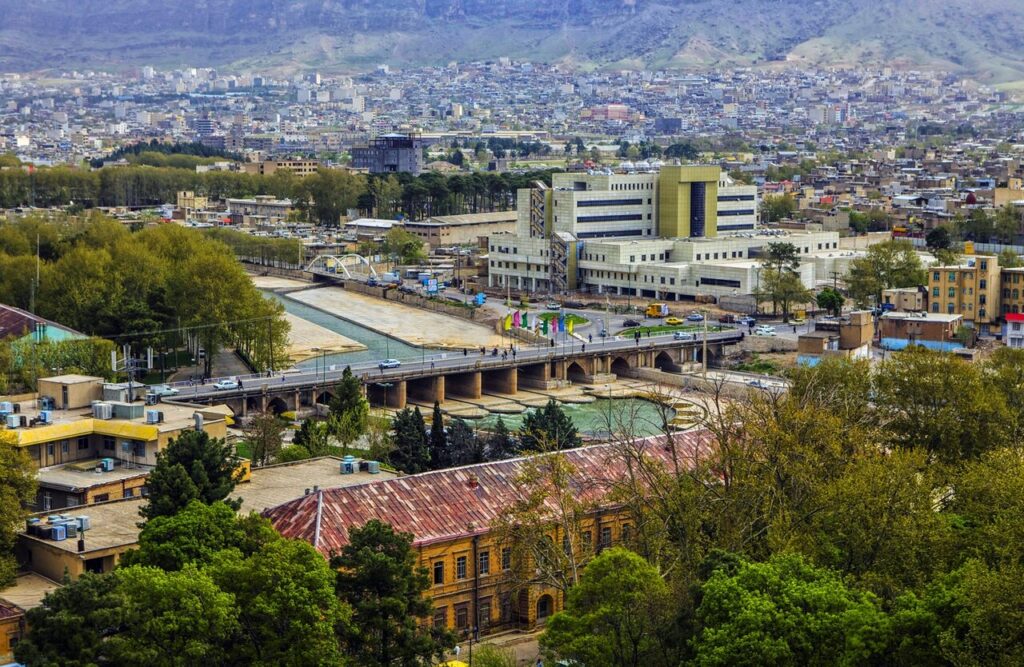Tehran – The centuries-old bridge in the heart of Koramabad will be a pedestrian-only zone as part of a new city revitalization and cultural heritage conservation plan.
Pol-E Safavi, also known as Safavid Bridge, is called locally as “Pol-e Gap” (meaning “big bridge”), and is closed to vehicle traffic and converted into pedestrian passages. The initiative is part of a joint effort between the Khorramabad Municipality and the state offices of the Ministry of Cultural Heritage, Tourism and Handicrafts, aimed at maintaining the historic structure while improving the urban landscape of the city.
“This bridge is one of our most valuable nationally registered monuments and needs to be preserved with special attention and accuracy,” Sharoki said. He noted that the decision coincides with an order from heritage authorities banning traffic of cars across the bridge.
To manage traffic flow in the area, the plan includes the construction of two new bridges on either side of the Safavid Bridge. They absorb evacuated vehicle traffic, allow the historic structure to be reused as a pedestrian boulevard, and have stone pavement.
“Transforming the bridge into pedestrian passages not only protects this historic property, but also strengthens the urban aesthetic of the city,” the governor added.
Shahrokhi expressed his hope that the project will serve as a successful example of harmonizing urban development and preserving its historical heritage through interagency cooperation.
Built during the reign of Shah Soltan Hossain of the Safavid dynasty, Pol e Safavi links the west and eastern parts of Horamabad, spanning more than 350 meters above the Koramaldo River.
Originally made of brick, lime and plaster, the bridge resembles the iconic Kaj Bridge in Isfahan, and was characterized by a royal alcove that was once destroyed by floods.
morning

